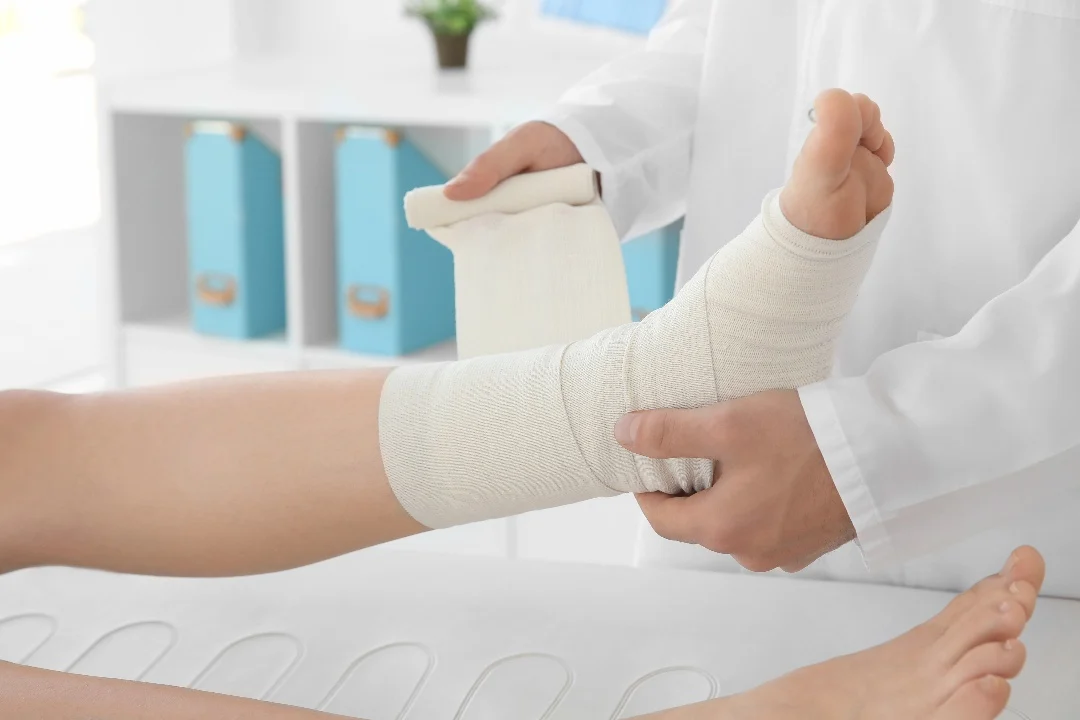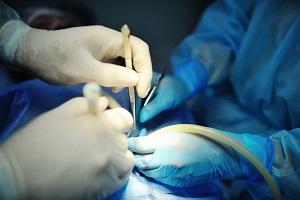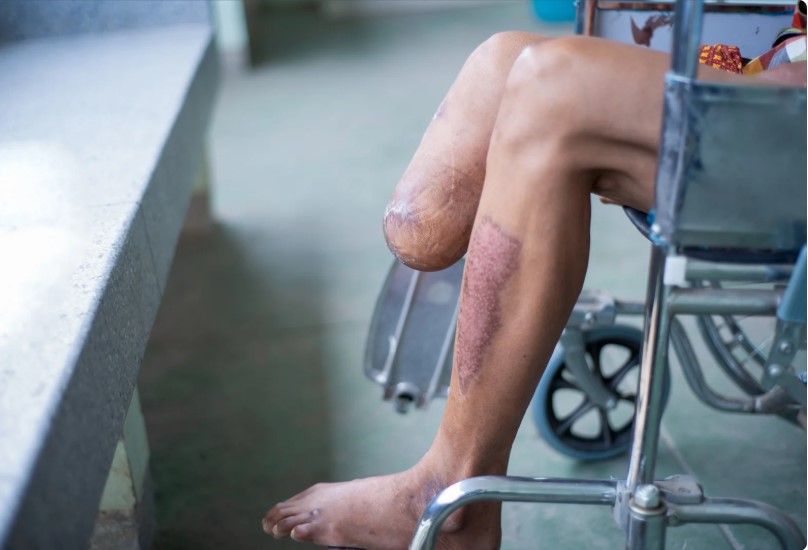Knee problems can severely affect one’s mobility and overall quality of life. When pain and stiffness become unbearable, knee replacement surgery often offers the best chance to restore movement and regain an active lifestyle. However, many patients face daunting barriers—exorbitant costs, long waiting lists, or limited access to advanced surgical techniques—in their home countries. This is where knee replacement medical tourism emerges as a promising solution, enabling patients to seek affordable, world-class orthopedic care abroad without compromising on quality.
What is Knee Replacement Medical Tourism?
Medical tourism involves traveling to another country to receive medical treatment, often combining healthcare with travel. Specifically, knee replacement medical tourism refers to patients journeying overseas for knee joint restoration or replacement surgery. This option is growing rapidly in popularity, as more individuals discover the benefits of receiving top-tier care at a fraction of the cost compared to domestic healthcare systems.
Patients typically opt for this path when facing long wait times, prohibitive expenses, or when seeking access to innovative surgical methods unavailable locally. By choosing medical tourism, many regain hope for a pain-free, active life while enjoying personalized care and often faster treatment schedules.
Why Choose Medical Tourism for Knee Replacement?
One of the most compelling reasons to consider knee replacement medical tourism is the significant cost savings. For patients in countries like the USA, UK, or Australia, knee replacement surgery can cost tens of thousands of dollars. When combined with insurance limitations or out-of-pocket expenses, this cost becomes a major hurdle. Overseas, these surgeries may be available at up to 60–70% lower prices, without sacrificing quality.
In addition to affordability, waiting times for knee replacement surgery in many developed countries can stretch into months or even years. Such delays prolong pain and disability. Medical tourism often offers much shorter wait periods, allowing patients to plan surgery on their own timelines.
Another key factor is access to advanced surgical techniques. Many medical tourism destinations now specialize in minimally invasive approaches, such as the Direct Anterior Approach (DAA), which offers faster recovery, less pain, and reduced risk of complications. These cutting-edge options may not be widely available in all countries but can be found at specialized centers abroad.
Top Destinations for Knee Replacement Medical Tourism
Several countries have emerged as popular hubs for orthopedic medical tourism, combining expertise, infrastructure, and affordability. The Philippines is gaining recognition as a trusted destination for knee replacement medical tourism. Its hospitals offer internationally accredited facilities staffed by highly skilled orthopedic surgeons who utilize modern surgical approaches.
Other favored locations include India, Thailand, Mexico, and Malaysia, where the combination of low costs and quality care attracts thousands of international patients annually. What sets these destinations apart is not only the price but also the comprehensive patient-centered care—from pre-surgery consultations to post-operative rehabilitation.
Understanding the Knee Replacement Procedure
Knee replacement surgery involves removing damaged or worn-out parts of the knee joint and replacing them with artificial implants. This procedure relieves pain, restores function, and improves overall joint stability. Recent advances have introduced minimally invasive methods like the Direct Anterior Approach, which minimize muscle damage, reduce scarring, and speed up healing.
Patients can generally expect to resume walking with assistance within a day or two after surgery and gradually return to normal activities within weeks to months, depending on individual progress. Rehabilitation and physical therapy are essential components of recovery, ensuring the best possible outcomes.
Choosing the Right Medical Tourism Provider
Selecting the right provider is critical for a successful knee replacement medical tourism experience. Patients should prioritize hospitals and clinics with international accreditation, such as Joint Commission International (JCI), which ensures adherence to global healthcare standards.
Researching surgeon credentials and experience is equally important. Opt for centers where orthopedic specialists have extensive experience performing knee replacements, particularly using minimally invasive techniques like DAA.
Patient reviews and testimonials offer valuable insights into the quality of care and overall experience. A reputable medical tourism provider will offer transparent communication, personalized treatment plans, and support throughout the entire process—including travel arrangements, accommodations, and post-surgery follow-up.
Patient Experiences: Restoring Mobility and Life
Countless international patients have successfully reclaimed their mobility and improved quality of life through knee replacement medical tourism. Many share stories of relief from chronic pain and regaining the ability to enjoy activities like walking, climbing stairs, and even dancing with family and friends.
These success stories highlight the combination of expert surgical care and compassionate support that define trusted medical tourism centers. The journey extends beyond the operating room, focusing on holistic healing to ensure patients return home stronger, healthier, and empowered.
Preparing for Your Knee Replacement Medical Tourism Journey
Proper preparation is essential to maximize safety and comfort. Before traveling, patients typically undergo thorough medical evaluations and consultations with their chosen surgeon, often remotely through telemedicine.
Planning for travel logistics—such as flights, airport transfers, accommodation near the medical facility, and post-operative care—is crucial. Many medical tourism providers assist with these arrangements, helping to create a seamless and stress-free experience.
Patients are advised to discuss medication management, physical therapy plans, and follow-up schedules before departure. Having a trusted companion during the trip can also provide valuable support during recovery.
Understanding Risks and Ensuring Safety
Like any surgery, knee replacement carries risks including infection, blood clots, or implant complications. Traveling internationally adds considerations such as jet lag and exposure to different healthcare systems.
Mitigating risks starts with selecting accredited hospitals and experienced surgeons who follow strict safety protocols. Post-operative monitoring and accessible follow-up care are vital for early detection and management of any complications.
Patients should maintain open communication with their healthcare team and report any concerns promptly. Choosing a reputable medical tourism center that prioritizes patient safety and aftercare significantly reduces potential risks.
Takeaway
Choosing knee replacement medical tourism opens doors to affordable, world-class orthopedic care that restores movement and renews hope. By overcoming barriers of cost and accessibility, patients gain access to advanced surgical techniques, compassionate care, and faster treatment timelines.
For those seeking an effective solution to debilitating knee pain, traveling abroad offers not just surgery, but a life-changing journey towards renewed independence and joy. Taking the step to explore trusted medical tourism centers is the first move toward reclaiming your mobility and embracing a vibrant, active future.







